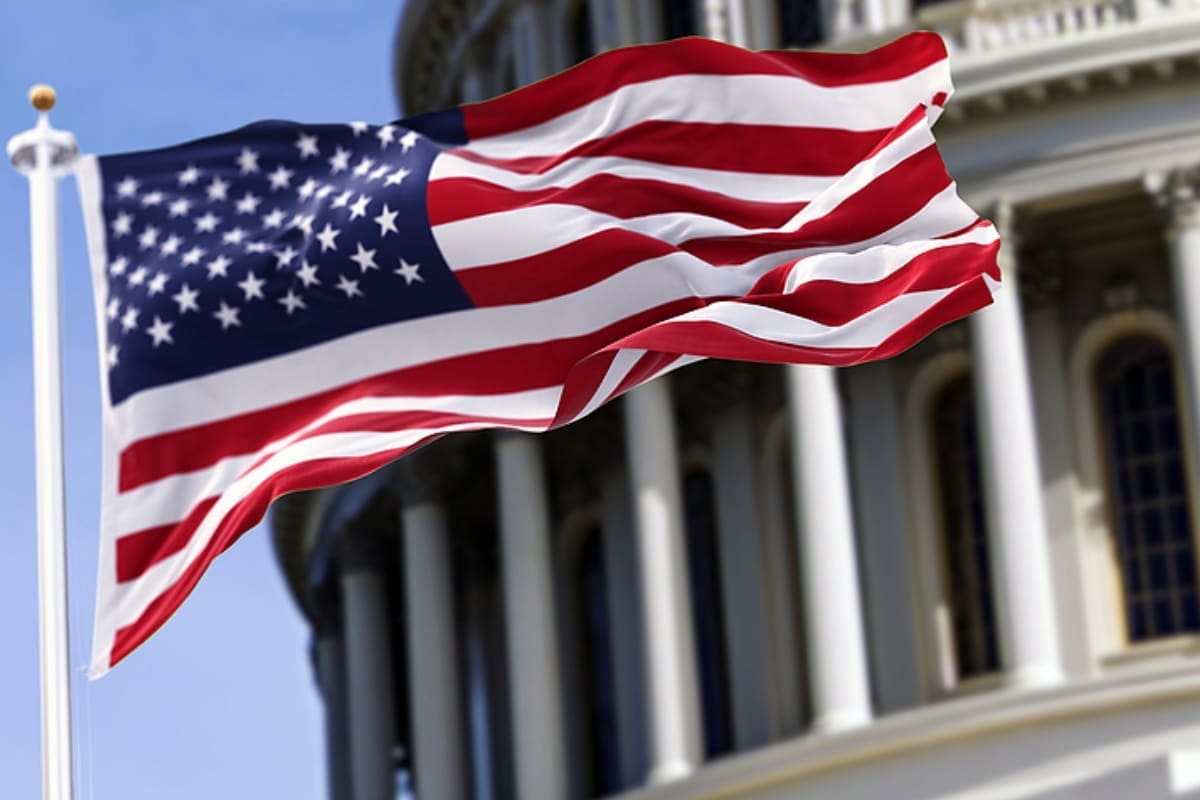
President Biden announced this week plans for sweeping student loan relief, which would result in unprecedented wide-scale student loan forgiveness.
“Earning a college degree or certificate should give every person in America a leg up in securing a bright future. But for too many people, student loan debt has hindered their ability to achieve their dreams—including buying a home, starting a business, or providing for their family. Getting an education should set us free, not strap us down. That’s why, since Day One, the Biden-Harris administration has worked to fix broken federal student aid programs and deliver unprecedented relief to borrowers,” said U.S. Secretary of Education Miguel Cardona in a statement on Wednesday. “Today, we’re delivering targeted relief that will help ensure borrowers are not placed in a worse position financially because of the pandemic, and restore trust in a system that should be creating opportunity, not a debt trap.”
Never before has a President issued such broad-based student loan cancellation.
Here are the main takeaways
Most borrowers will receive up to $10,000 in student loan forgiveness
Under Biden’s plan, millions of borrowers will receive up to $10,000 in federal student loan forgiveness. Covered student loans include undergraduate loans, graduate school loans, and Parent PLUS loans.
Only government-held federal student loans are eligible. This includes direct federal student loans and government-held FFEL program loans. Essentially, if a federal student loan has been covered by the ongoing COVID-19-related payment pause (which Biden also extended to around August 30, 2023, unless courts rule on student loan relief lawsuits sooner, in his announcement this week), it is a government-held loan and potentially eligible for forgiveness.
Commercially-held FFEL program federal student loans are not covered. These borrowers may be able to consolidate their loans into the direct loan program to become eligible; however, the Department has not updated its published guidance to reflect this yet. The Education Department is also reportedly trying to work out a plan where at least some FFEL borrowers could become eligible for the loan cancellation relief without needing to consolidate. The administration may release more details on this aspect of the plan in the coming weeks.
Private student loans are not eligible for loan cancellation under the Biden plan.
Pell Grant recipients will receive up to $20,000 in student loan forgiveness
The Biden plan allows for enhanced relief for borrowers who received Pell Grants, which are a form of federal financial aid that functions as a grant, rather than a loan, and doesn’t have to be repaid. Pell Grants are only issued to the lowest income, highest need students. Borrowers who received Pell Grants will be eligible for up to $20,000 in federal student loan forgiveness under the initiative.
Biden's student loan forgiveness plan has income limits
While most federal student loan borrowers will qualify for relief, not all will. To qualify, borrowers must earn less than $125,000 per year if they are single, or $250,000 per year if they are married. The Department will reportedly be looking at income information as reported in either 2021 or 2020.
Student loan forgiveness under Biden's plan is not taxable under federal law, but could be under state law
Normally, most kinds of debt cancellation could be taxable events to a borrower or debtor. The cancelled debt (or portion thereof) could be treated as “income” to the borrower for tax purposes, resulting in additional income taxes. However, the American Rescue Plan Act, the stimulus bill passed by Congress and signed into law by President Biden last year, exempts federal student loan forgiveness from federal taxation through 2025. As a result, no borrower will have to pay federal income taxes on their debt cancellation.
At the state level, it gets a little bit trickier. Many states have no state income tax. Of those that do, many will mirror federal policy when it comes to taxation issues. However, according to the Tax Foundation, as many as 14 states may assess state income taxes on the cancelled debt. That said, some of these states may subsequently take administrative or legislative action to ensure that the student loan forgiveness under Biden’s initiative remains non-taxable under state law.
In the meantime, borrowers may have some uncertainty about this, and they should consult with their tax advisor.
Some student loan forgiveness will be automatic
The Department of Education indicates that it will be able to provide some of the student loan forgiveness on an automatic basis. Borrowers who have their income information already on file with the Department of Education or their loan servicers (for example, if they recently applied for or recently certified for an income-driven repayment plan) may not have to take any action. The Department of Education says that up to eight million borrowers may qualify for this automatic relief.
Some student loan forgiveness will require an application
The majority of student loan borrowers, however, will need to submit an application to qualify for loan cancellation. The application has not yet been released, but administration officials on Friday indicated that the Department of Education should release the application sometime this October. Borrowers can sign up for notifications from the Department of Education here so that they can get an alert once the application becomes available.
Department of Education officials recommend that borrowers err on the side of submitting the application, even if they think their income information may be on file already.
Borrowers can check websites for information and updates
There are several places student loan borrowers can go to get information and updates on Biden's new student loan forgiveness plan:
- Education Department website on Biden’s debt relief plan.
- Education Department fact sheet on the initiative.
- White House fact sheet on the initiative.
Not sure what to do with your student loans?
Take our 11 question quiz to get a personalized recommendation for 2024 on whether you should pursue PSLF, Biden’s New IDR plan, or refinancing (including the one lender we think could give you the best rate).
